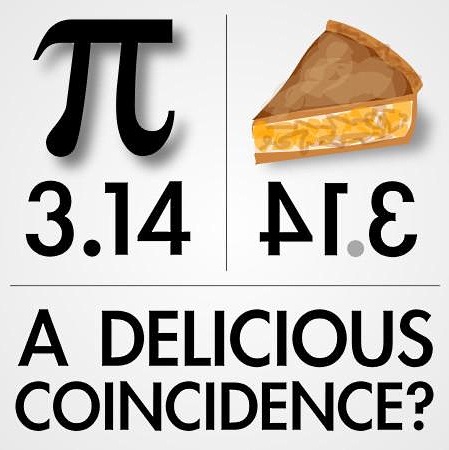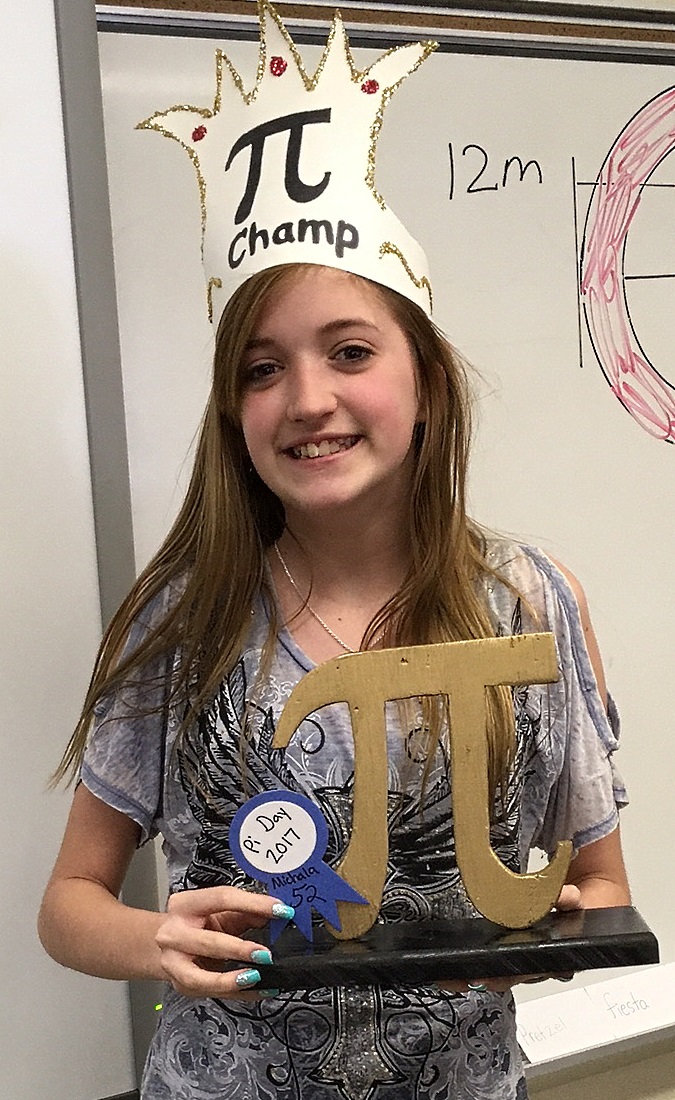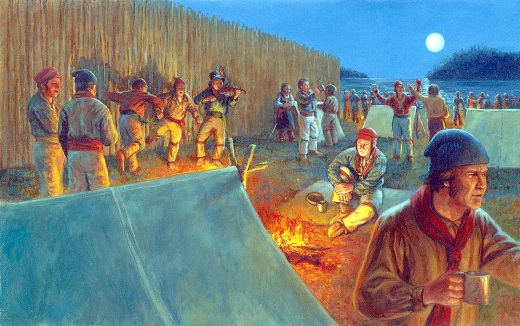MLES sixth-grade classes grab hold of holiday to celebrate infinitely without repetition or pattern

Today (March 14 – or 3/14 when written in month/day form), is the day when mathematicians and nerds and learning fun-seekers around the world – like the Mountain Lake Public Elementary School sixth-grade students of Annette Kunkel and Kyle Blomgren – honor the most widely-known mathematical constant, irrational and transcendental number – pi – on Pi Day.
The sixth-grade’s fourth annual Pi Day was held today (Tuesday, March 14), and included student participation in measuring the diamter and radius of cupcakes and oatmeal cream pies – and using those figures to calculate their circumference and area – before devouring them.
Michala Morin recited pi – in correct order – out to 52 decimals (3.1415926535897932384626433832795028841971693993751058) to capture this year’s Pi Day trophy. (The 2016 titlist, Olivia Klassen, holds the school record of 100 digits.)
Unfortunately, Sunday’s 10 inches of snowfall forced the cancellation of the Pi Day 5k (3.14159 miles) Run/Walk on THE day of pi, but the event will possibly be made up at a later date.
The number pi, denoted by the Greek letter π – pronounced ‘pie’ – is one of the most common constants in all of mathematics. It is the circumference of any size circle, divided by its diameter. Pi is equal to 3.14159265358979323846 . . . (the digits go on and on and on forever without repeating). Nobody knows its exact value, because, no matter how many digits it is calculated to – the number never ends.
For most practical uses, people assume it is 3.142. Mathematicians and scientists need only 40 digits of Pi to accurately calculate the spherical volume of the universe. Meanwhile, some people have written computer programs and calculated pi out to a trillion digits.
Doing the hard work of figuring out the number itself
Pi has been known for almost 4,000 years, but ancient civilizations, like the Babylonians, did not have accurate calculations of it.
It was ancient Greek mathematician Archimedes of Syracuse, who lived in the third century B.C. and is considered the greatest mathematician of the ancient world, is credited with actually doing the first calculation of pi.
However, not too many generations after his lifetime, the world experienced math (and science) went into a great decline from roughly the year zero to the year 1,000. Fortunately, Arabs then developed lots of math after that, including trigonometry.
Modern arithmetic techniques, which were probably discovered in India before the fifth century, took centuries to be adopted and spread throughout Europe.
Sir Isaac Newton recorded 16 digits of pi in 1665, later admitting that he was “ashamed” of how long he had worked on the computations.
It was not until the 18th century – about two millennia after the significance of the number 3.14 was first calculated by Archimedes — that the name “pi” was first used to denote the number. In other words, the Greek letter used to represent the idea – was not actually picked by the Ancient Greeks who discovered it.
British mathematician William Jones came up with the Greek letter and symbol for the figure in 1706, and it was popularized by Swiss mathematician Leonhard Euler, Catherine the Great’s mathematician, a few decades later.
Pi Day becomes a celebrated holiday
The official Pi Day holiday math whizzes and aficionados of learning fun commemorate by eating pie and dressing up in pi-themed hats and costumes originated in 1988 at the Exploratorium, a science museum in San Francisco, California, where physicist Larry Shaw organized such a celebration. On that initial celebratory day, Shaw walked around in circles, eating fruit pies. (Pi Day also just happens to be Albert Einstein’s birthday.)
In 2009, the United States House of Representatives passed a resolution naming March 14 as “National Pi Day” to encourage “schools and educators to observe the day with appropriate activities that teach students about Pi and engage them about the study of mathematics.”
The Guinness World Record for memorizing the digits of pi is held by Chao Lu of China, who recited the number to more than 67,000 decimal places.
To infinity and beyond
Pi has even managed to unite mathematics and music in a decmial-heavy ditty abouta sweet, gentle, sensitive man with an obssessive nature and deep fascination for numbers, and a complete infatuation with the calculation.
A chunk of the lyrics from that song about Pi by British singer Kate Bush goes:
Oh he love, he love, he love
He does love his numbers
And they run, they run, they run him
In a great big circle
In a circle of infinity
3.1415926535 897932
3846 264 338 3279
Truly, Pi Day is an annual holiday that takes its eager and steadfast celebrants to infinity – and beyond.




















